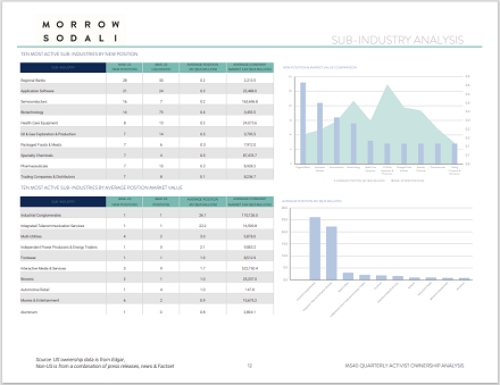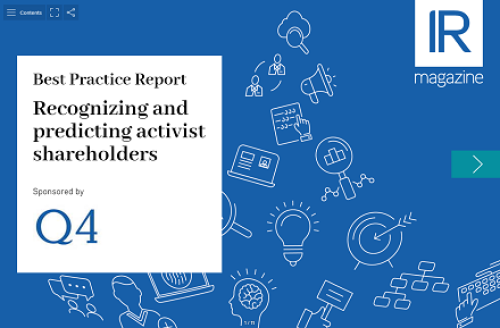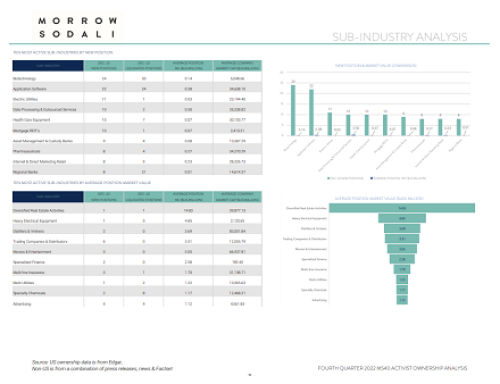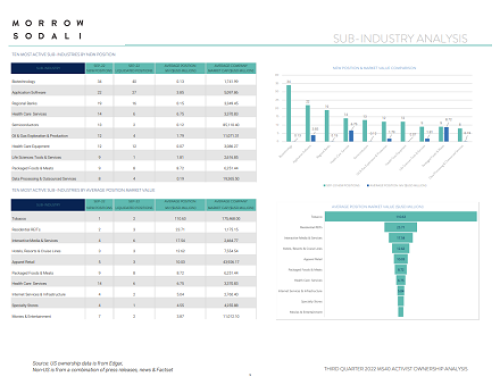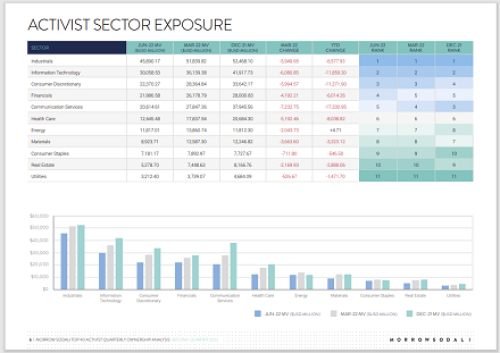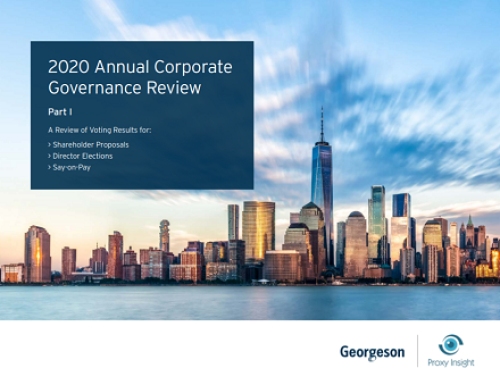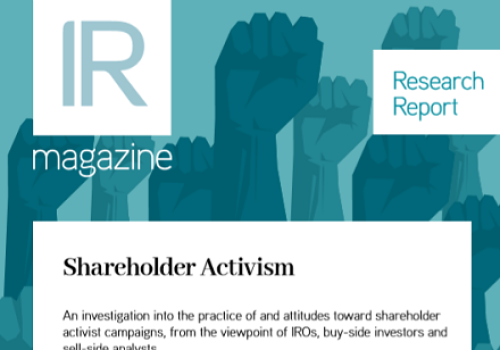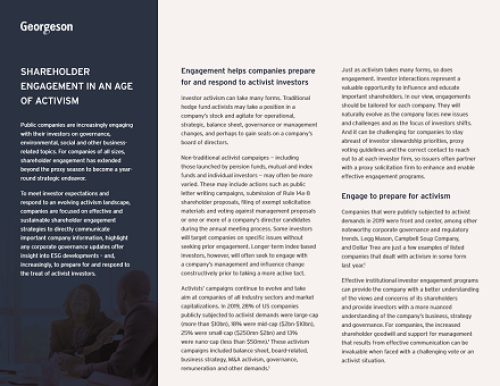As activist activity shows signs of picking up relative to last year, there’s scope for issuers to learn lessons from the forced adoption of one-to-many digital communications, advisers say.
In 2020, shareholder activists pulled back from planned campaigns, with the fewest number of campaigns waged against public companies since 2015, according to data from Activist Insight. But that pent-up energy has been put toward campaigns this season, advisers say.
‘A number of activist campaigns that had been initiated were abandoned or settled last year because no one wanted to be blamed for distracting management teams and boards from focusing on the survival of the company,’ says David Hunker, EY Americas shareholder activism defense leader. ‘During that time, a lot of activist money flowed into value investments. Since then, as optimism has spread about the vaccine rollout and the market recovery, activists have gone through their portfolio to see which companies have recovered and which haven’t. Those that haven’t have started to become targets.’
One of the takeaways from this proxy season so far has been large institutional investors’ willingness to support activist and advocate proxy contests – seen most prominently during ExxonMobil’s meeting last week – as they come under greater pressure from their own shareholders to explain how their voting record supports their stated ESG priorities.
In its recent institutional investor survey, Morrow Sodali asked respondents which factors, after poor financial performance, would prompt an investor to support an activist campaign. The most popular responses were poor strategic decisions, weak governance policies and practices and misallocation of capital.
‘The most effective thing companies can be doing in the activism context is understanding how their top 20 shareholders view ESG and what they want to see from the company through robust engagement,’ Hunker says. ‘A shareholder activist can only be successful if it has support from other shareholders. The right thing is not to respond to the activist when it criticizes on these issues; the right thing is to engage and address shareholder criticisms or concerns regarding ESG proactively.’
One-to-many communications
Historically, shareholder activists have been better at using social media and digital communications tools to wield influence during a contested situation, with many issuers taking a conservative approach to social media and digital communications.
But the pandemic has forced a greater adoption of tools like videoconferencing and social media communications, and Bruce Goldfarb, founder, president and CEO at Okapi Partners, says he’s seeing more adoption of social media this year.
‘There were some companies that used social media as part of their IR process prior to the pandemic – especially companies that already made use of social media in their marketing and sales efforts – but investors would much more frequently file materials they had posted on social media,’ he points out. ‘More companies have recently done so, and that evolution is at least partly attributable to the pandemic.’
Goldfarb adds that he is seeing more examples of additional proxy materials being filed with the SEC this year – especially LinkedIn and Twitter posts.
Hunker agrees there is more openness to digital communications tools for activism defense, but says there’s plenty of scope to continue to elevate the quality of proxy statements, annual reports and other regulatory filings.
‘There’s an openness on the company side to look for other avenues to deliver their messages to the broader market – but to do so, they need the support of their advisers and outside counsel,’ he says. ‘There’s no regulatory reason why companies can’t use infographics and videos in their filings. It’s more of a function of the fact that it hasn’t been done a lot in the past, so companies don’t have a lot of examples to look at.’
The use of social media in future activism defense could also be useful for the companies that have experienced a marked increase in new retail investors during the last year, although both Hunker and Goldfarb note that retail continues to represent such a small part of the overall shareholder base at most companies that this shouldn’t be the main driver of digital communications.


